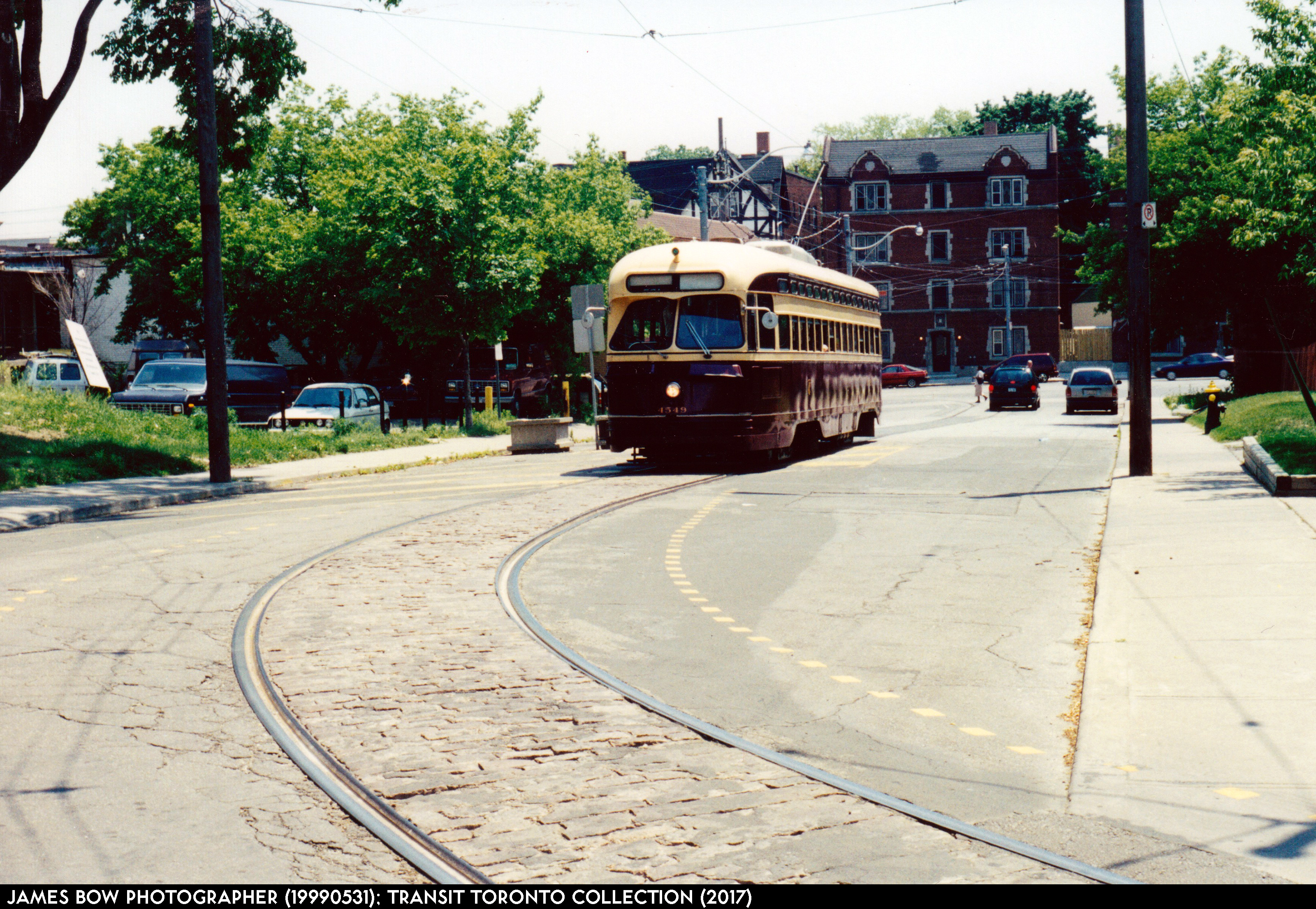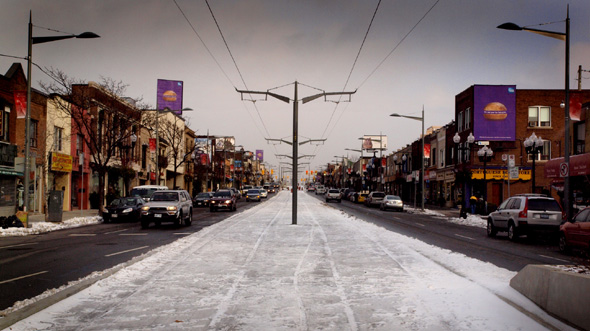CDL.TO
Moderator
Please forgive me as I hijack the thread and go off on a nitpicky little tangent. It's not that big of a deal, but this has bugged me for a while.
This is a cobblestone street:

This is a cobblestone street:

A cobble is a smooth naturally occurring stone, taken from a riverbed, that is of the approximate size as in the cobblestone pictures above. It's also used as a geological term for stones of that size.
This is not a cobblestone street:

When a stone is cut (generally into a square or rectangle) for paving, it's referred to as a sett, a Belgian block, or, more generally, a paving stone.
Cobblestone streets were much cheaper to build, as you didn't need to cut the stone, you just had to gather some small stones from the local river. The photos should make the disadvantages of this method quite obvious.
That said, the term "cobblestones" is used incorrectly so often that it has pretty much become acceptable. Even the Wikipedia explanation of why cut stones aren't cobblestones is immediately followed by false examples of "cobblestones".
This is a cobblestone street:
This is a cobblestone street:

A cobble is a smooth naturally occurring stone, taken from a riverbed, that is of the approximate size as in the cobblestone pictures above. It's also used as a geological term for stones of that size.
This is not a cobblestone street:

When a stone is cut (generally into a square or rectangle) for paving, it's referred to as a sett, a Belgian block, or, more generally, a paving stone.
Cobblestone streets were much cheaper to build, as you didn't need to cut the stone, you just had to gather some small stones from the local river. The photos should make the disadvantages of this method quite obvious.
That said, the term "cobblestones" is used incorrectly so often that it has pretty much become acceptable. Even the Wikipedia explanation of why cut stones aren't cobblestones is immediately followed by false examples of "cobblestones".
Last edited:










